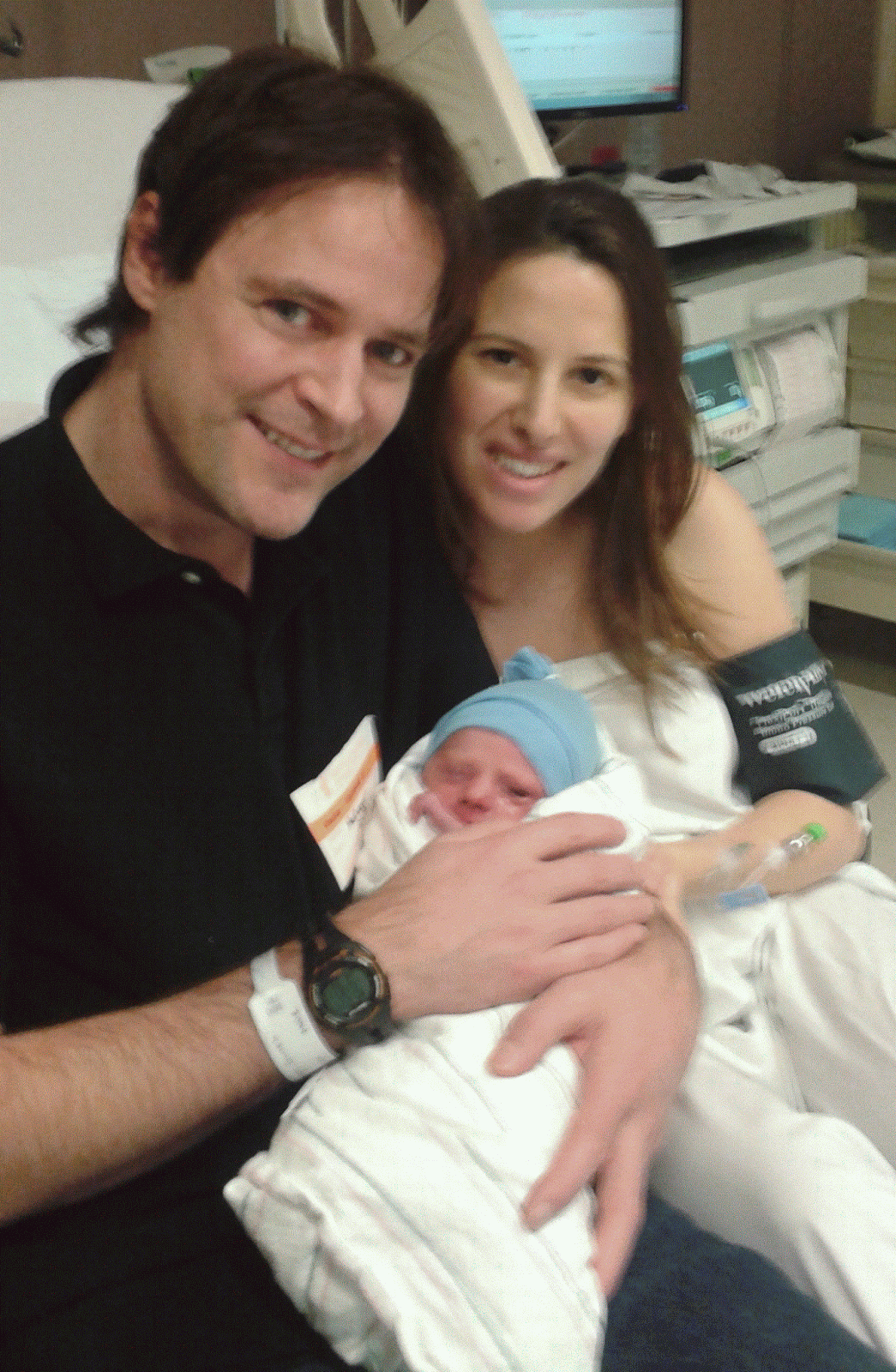Dear Colleague:
You or someone you know
may be interested in presenting at this session at the AGU/ASLO/TOS Ocean
Sciences Meeting 21-26 February 2016 in New Orleans.
TITLE:
The Individuality of
the Plankton: Single-cell analysis and agent-based modeling
ABSTRACT:
Fascinating advances in
individual and single cell analytical techniques (e.g., flow cytometry,
chemical analyses, genomics) are providing an unprecedented view into the
individuality of planktonic organisms (viro-, bacterio-, phyto- and zoo-plankton).
Plankton populations, which have traditionally been viewed as homogeneous
collections of individuals with identical properties and behavior, are now
recognized to be heterogeneous, even in environments commonly considered to be
well mixed, like the open ocean. At the same time, agent-based modeling (ABM,
aka individual-based modeling, IBM) technology is evolving as a powerful
approach to analyze and interpret these observations. These models provide
insights into the mechanisms underlying the heterogeneity (e.g., mutations,
stochastic gene expression, deterministic aging, microscale patchiness) and put
them into ecological context (e.g., fitness benefits of bet hedging
strategies). The combination of individual and single cell analyses and ABM has
the potential to transform plankton and microbial ecology across the
freshwater-marine continuum and in other environments. In this session, we aim
to bring together scientists to share individual and single-cell research, to
take a snapshot of the state-of-the-science in this field, and to connect
researchers with synergistic skills and interests.
CO-CHAIRS:
John Berges, University
of Wisconsin-Milwaukee, berges@uwm.edu
Ben Twining, Bigelow
Laboratory for Ocean Sciences, btwining@bigelow.org
Here is a link to the session
and abstract submission site.
Abstract Submittal
Deadline = 23 September 2015.
Please feel free to forward
this announcement on to other people that may be interested.
Sincerely,
Ferdi
















